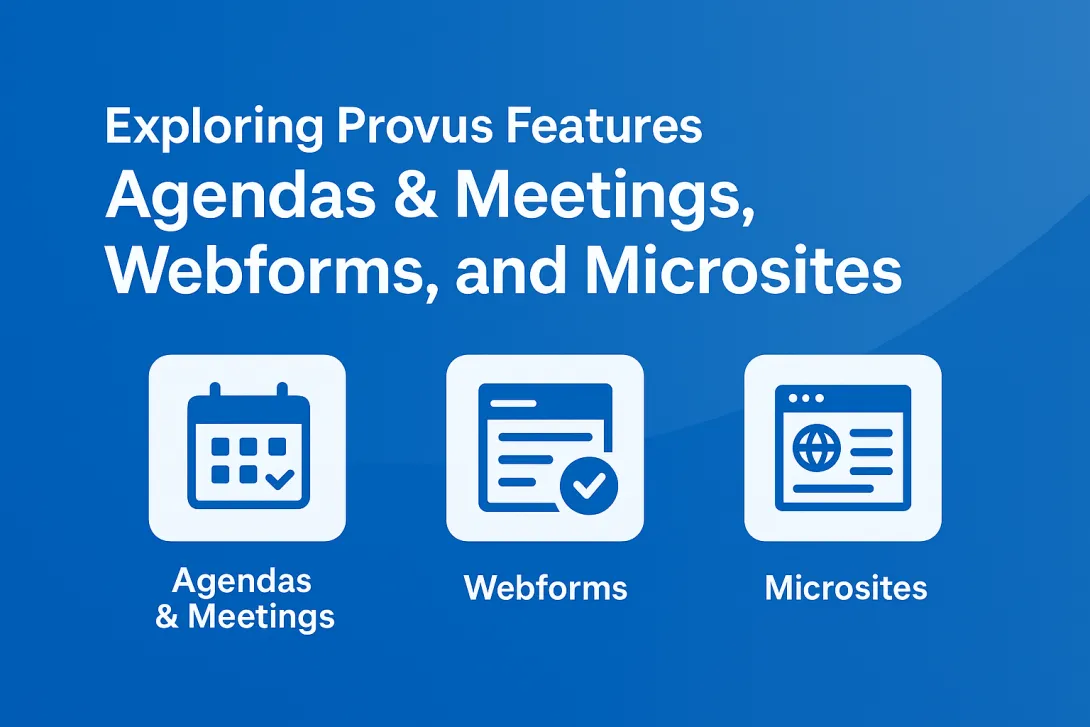Integrate Association Management Systems with Drupal

Association websites should be built to handle everything from membership drives to billing activities. Having a website by itself isn't enough; associations also need robust member management databases behind their websites. There are many vendors who specialize in products that meet this need. These products are commonly referred to as an Association Management System (AMS) and it's rare to find a large organization that doesn't use one.
How Associations Use an AMS
An association's AMS is the system of record for the entire organization, acting as the hub for member management and fundraising activities. Integrating the public-facing website with the AMS is a crucial success factor for association websites.
Many large associations are working with iMIS to manage membership records. This AMS is widespread among large associations and nonprofits, and there are several modules built to integrate iMIS with Drupal sites.
Integrations should always update membership details on the AMS for fields such as member dues, subscription details, contribution management, etc. Contributed modules can easily connect a Drupal site to iMIS. Alternatively, building a custom module for the AMS/Drupal site integration is also a possibility.
Looking for more examples of Drupal implementations for large associations? Check out:
How does a large association approach the user workflow for AMS/Drupal site integration?
Identify Key Actions
Retooling the member registration and donation process carries some large financial implications if a national association with thousands of members wants to overhaul the user experience. Picking out the key actions before building will help craft a better integration.
Here are the key technical actions that Promet Source has identified when integrating Drupal sites with iMIS:
- User-facing steps, or the actions that are taken by users on the public-facing Drupal site.
- Webservice that enables a user operation, or the backend integration between the Drupal site and the AMS.
- Mapping user fields to XML fields in iMIS, or defining the way that the Drupal site and the AMS share data.
Understanding all the pieces of a user registration or donation process will create a better architecture for the integration.
Know the Point(s) of Entry
Users will arrive at an association website from various points of entry. Depending on the route they've taken to get there, a user's goals might vary as well. For instance, if an association wants their AMS integration to handle workflows for three types of users then they'll need to clearly define the starting point for those different users.
Take the hypothetical scenario for three established user types: one for joining the association, one for renewing a membership and one for donating as a non-member. To make the site serve those users in the best possible way, the site should streamline the process based on users' arrival path.
The entry points would look like this:
- Users arrive via the main association website (Joining/Renewing Member)
- Users arrive from a division or smaller chapter site that's part of the larger association (Joining/Renewing Member)
- Users followed a link, perhaps from email or social media, that ties to a specific donation initiative (Non-Member)
Recommend Relevant Products
Since the three points of entry have been established, the next step is to connect users with a product that is most relevant to their user profile.
This is where the integration kicks into high gear. The point of entry will determine which products get recommended to the user. For example, if the user is an existing member and they've arrived via the main association website, then a web services API will be able to grab recommended products or donation amounts based on that user's interests and donation history. Those historical records are kept in iMIS and displayed to the user in Drupal.
An anonymous user should only be allowed to see the initiative-based products or donation amounts. There wouldn't be any data available in iMIS records for these anonymous, or non-member, user profiles. The recommendations for this type of user should be defined by the initiative that guided them to the page.
Integrate Commerce
The final (and maybe most critical) component of the integration is commerce. There needs to be an online payment system in place (in the example above it's PayPal) and Drupal will need to display the credit card number field to the end user. A fully integrated system will handle payments while also posting payment history to the AMS so an association keeps up-to-date records on donation amounts, purchase history, and other relevant data.
This kind of integration between iMIS and Drupal handles varied user workflows while simplifying the user experience. Implementing a solution that follows this blueprint can bolster member retention rates and generate crucial revenue for association websites.
What's Next? Keep an Eye on AMS Trends
Some vendors are branching out from the traditional AMS model, i.e. a straightforward contact database that also tracks fundraising and billing activities. Now there are solutions that package social media, community management, and web services into a single AMS platform. Some vendors are specializing in complementary products that enhance the digital ecosystem for associations. Higher Logic is one example of community-focused software which sits on top of an AMS/CMS implementation.
It's important to note that the all-in-one solution is tailored to meet the needs of a smaller association. It's unlikely that an off-the-shelf product can meet all the needs of a large association with a nationwide member base.
Luckily for associations that rely on Drupal as their CMS, the flexibility of Drupal's open source architecture make it capable of integrating with any combination of AMSes and third-party vendors.
Get our newsletter
Get weekly Drupal and AI technology advancement news, pro tips, ideas, insights, and more.




